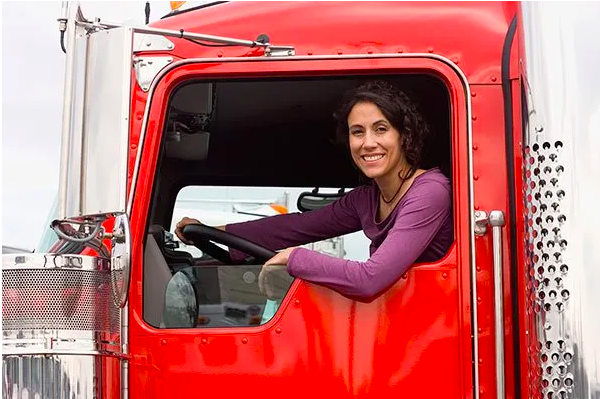Trucking is traditionally considered a man’s scene, but a growing number of women have joined the field in order to address a shortage of drivers that has plagued the industry since the pandemic hit back in 2020.
According to the United States Bureau of Labor Statistics, 8% of truck drivers and sales delivery drivers are women, while 14% of all Class A license holders (those allowed to operate vehicles weighing more than 26,000 pounds) are also female. The latter is double the total registered around five years ago.
And women aren’t just taking the wheel on the road, but in the boardroom as well. According to Women in Trucking (WIT)’s industry index for 2022, around a third of all C-suite executives in the transportation sector are female, compared to barely a quarter back in 2018.
Switching Things Up
While there have always been women in trucking in various capacities, the need to augment the number of drivers in the industry became apparent during the first year of the pandemic. At the same time, many women were laid off from their positions in the fields of education and general services. Trucking gave them a way to earn a living and also doubled as a place to shift to for those who had burned out from their work in nursing and other healthcare-centric professions.
The increasing number of women in trucking has helped alleviate some of the issues caused by a shortage of truckers in the US. Likewise, labor organizations like the International Brotherhood of Teamsters have been working to make the industry safer for women. Measures for ending violence and harassment against women on the job are being set in place, while advocates work to remove the remaining barriers like health and safety risks, wage inequality, as well as training and support issues.
But Why Women?
One reason why the trucking industry has become more open when it comes to hiring women is risk aversion.
According to WIT chief executive Ellen Voie, women make excellent truck drivers as, unlike men, they’re less likely to take unnecessary risks on the road. Indeed, the American Transportation Research Institute reports that male truckers or commercial drivers are 20% more likely to get into an accident, particularly in places like traversing intersections.
Voie added that women also have strong skills in terms of multitasking, communication, as well as organization. As a result, an increasing number of women are taking on industrial safety roles both in the boardroom and in the greater field.














